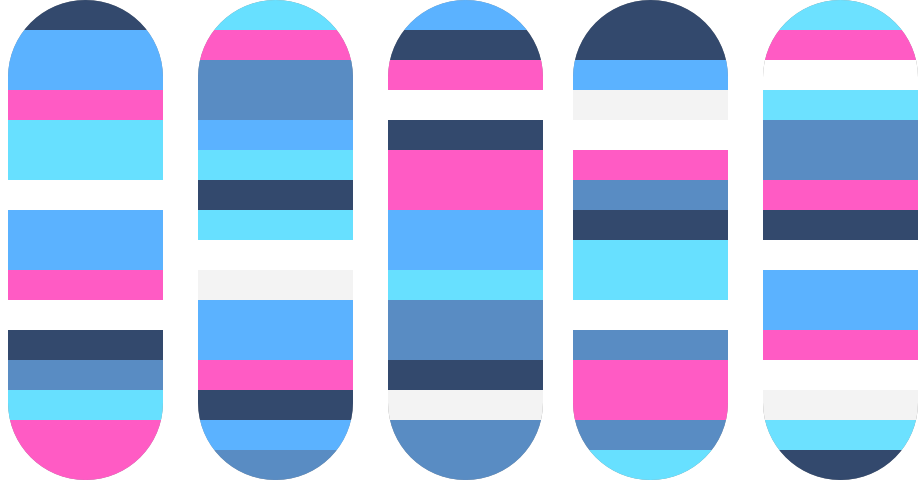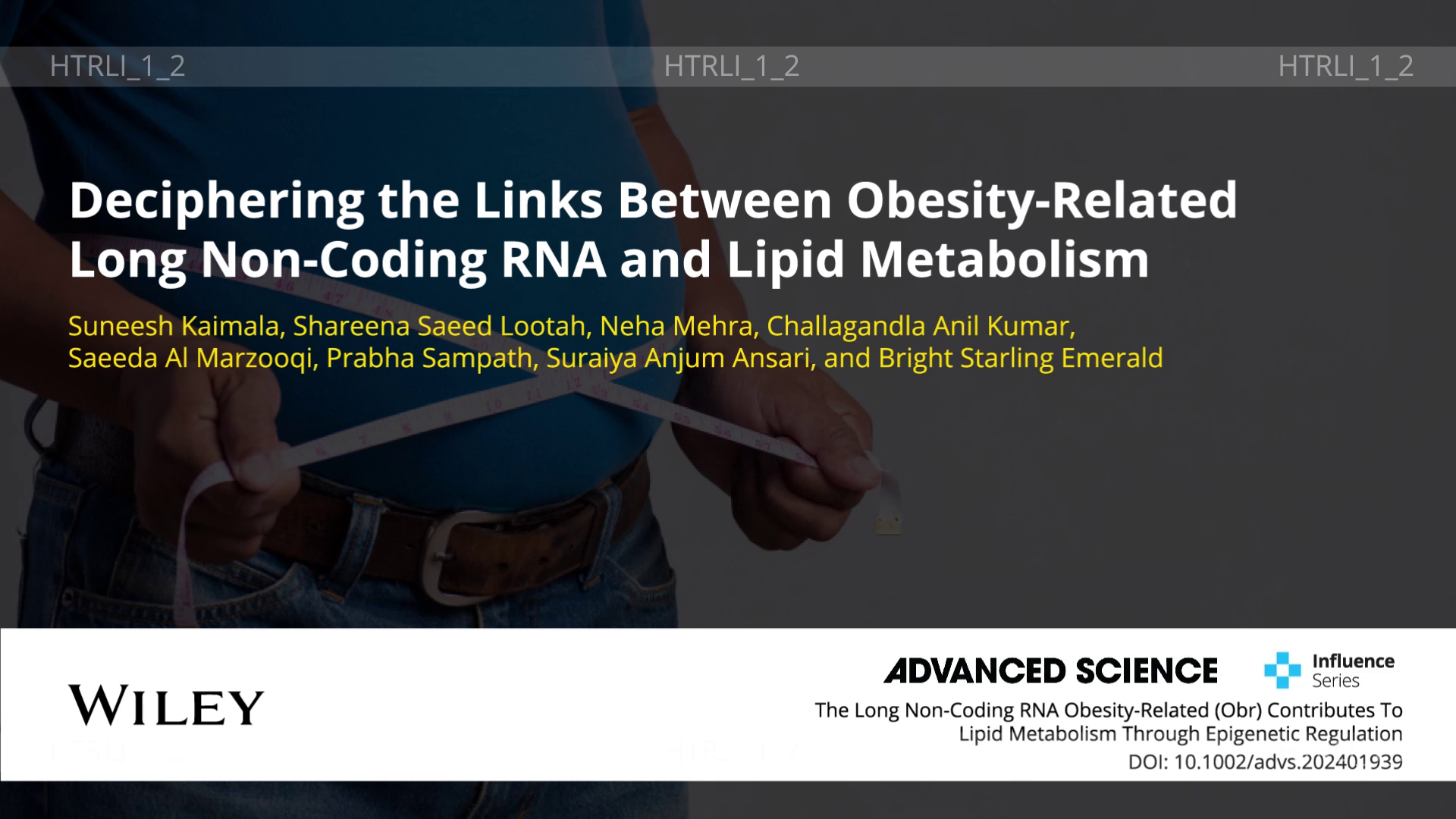
Personalized Prognostics Reveal Time-Limited Effectiveness of Corneal Cross-Linking in Keratoconus
🧠 Introduction
A new study led by APMAD-affiliated researchers demonstrates how precision models can predict patient-specific outcomes for corneal collagen cross-linking (CXL), the primary treatment to halt keratoconus progression. This work reveals that CXL's benefits diminish after five years—emphasizing the importance of personalized risk assessment before treatment.
🔍 Research Summary
The study analyzed 131 eyes from 107 keratoconus (KC) patients who underwent CXL, using 796 matched pre- and post-treatment observations. Researchers aimed to understand how baseline diagnostics—such as pachymetry, visiometry, refractometry, and topography—could forecast treatment outcomes. Using advanced modeling techniques, including XGBoost and polynomial regression, the team constructed predictive models for postoperative changes in corneal curvature metrics, including Kmax, K1, and K2.
Key findings include:
- A sustainable reduction in Kmax is observed for about two years post-CXL.
- This is followed by a four-month plateau and a gradual rebound in Kmax, typically beyond five years
- Preoperative severity strongly influences outcomes, with limited gains in advanced cases.
- The most accurate prognostic models achieved MAE/ROV values as low as 1.93 ± 0.27%.
These insights advocate for individualized treatment planning rather than a one-size-fits-all approach.
🌍 Broader Impact
This research supports APMAD’s commitment to data-driven precision medicine by demonstrating how predictive modeling can refine treatment strategies in ophthalmology. Keratoconus affects vision quality and quality of life, especially in younger populations. By predicting how a patient’s cornea will respond to CXL, clinicians can better select candidates, optimize timing, and manage expectations.
These tools also lay the groundwork for decision-support systems that align with APMAD’s vision of integrating biomedical analytics into everyday clinical workflows across the UAE and beyond.
📎 Reference
@article{STATSENKO2025e43050,
title = {Precision medicine in modelling effectiveness of corneal cross-linking for keratoconus},
journal = {Heliyon},
pages = {e43050},
year = {2025},
issn = {2405-8440},
doi = {https://doi.org/10.1016/j.heliyon.2025.e43050},
url = {https://www.sciencedirect.com/science/article/pii/S2405844025014318},
author = {Yauhen Statsenko and Katsiaryna Liaonchyk and Darya Morozova and Roman Voitetskii and Mikalai Pazniak and Elena Likhorad and Aleh Pazniak and Pavel Beliakouski and Dmitriy Abelskyi and Darya Smetanina and Gillian Lylian Simiyu and Klaus N.-V. Gorkom and Tahra A. {Al Mahmoud} and Huda Aldhaheri and Bas Rokers and Milos Ljubisavljevic},
keywords = {Keratoconus, Corneal collagen cross-linking, Intervention outcome, Machine learning, Predictive model, Keratometry readings},
}






اترك تعليقاً